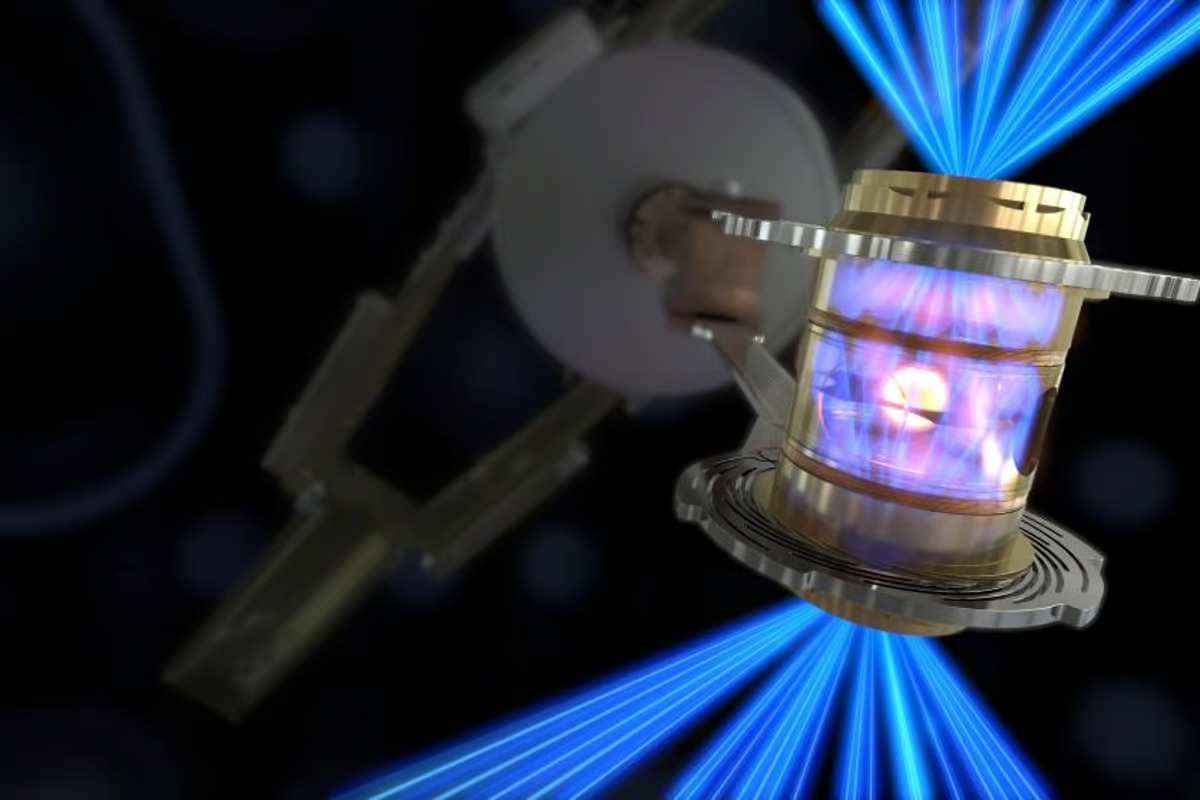 To create fusion ignition, the National Ignition Facility’s laser energy is converted into X-rays inside a capsule called a hohlraum, which then compress a fuel capsule until it implodes, creating a high-temperature, high-pressure plasma. Lawrence Livermore National Laboratory
To create fusion ignition, the National Ignition Facility’s laser energy is converted into X-rays inside a capsule called a hohlraum, which then compress a fuel capsule until it implodes, creating a high-temperature, high-pressure plasma. Lawrence Livermore National Laboratory
–
In the fusion process, two light nuclei combine to form a single heavier nucleus, releasing a large amount of energy. This is what was achieved – for the first time in a laboratory setting – on Dec. 5th at the US Department of Energy’s Lawrence Livermore National Laboratory (LLNL).
On that day, scientists used 192 laser beams to deliver a total of 2.05 megajoules (MJ) of ultraviolet energy to a tiny cryogenic fuel pellet, which in turn produced 3.15 MJ of fusion energy output. In other words, the fusion reaction produced more energy than the amount of laser energy that was used to trigger it.
As far back as the 1960s, LLNL scientists hypothesized that lasers could be used to induce fusion in a laboratory setting. They proceeded to build a series of increasingly powerful laser systems, culminating in what is known as the National Ignition Facility (NIF), which was used for this month’s fusion experiment.
Located in Livermore, California, the stadium-sized NIF is the world’s largest and most energetic laser system. It utilizes powerful laser beams to create temperatures and pressures replicating those in the cores of stars and giant planets, and inside exploding nuclear weapons.
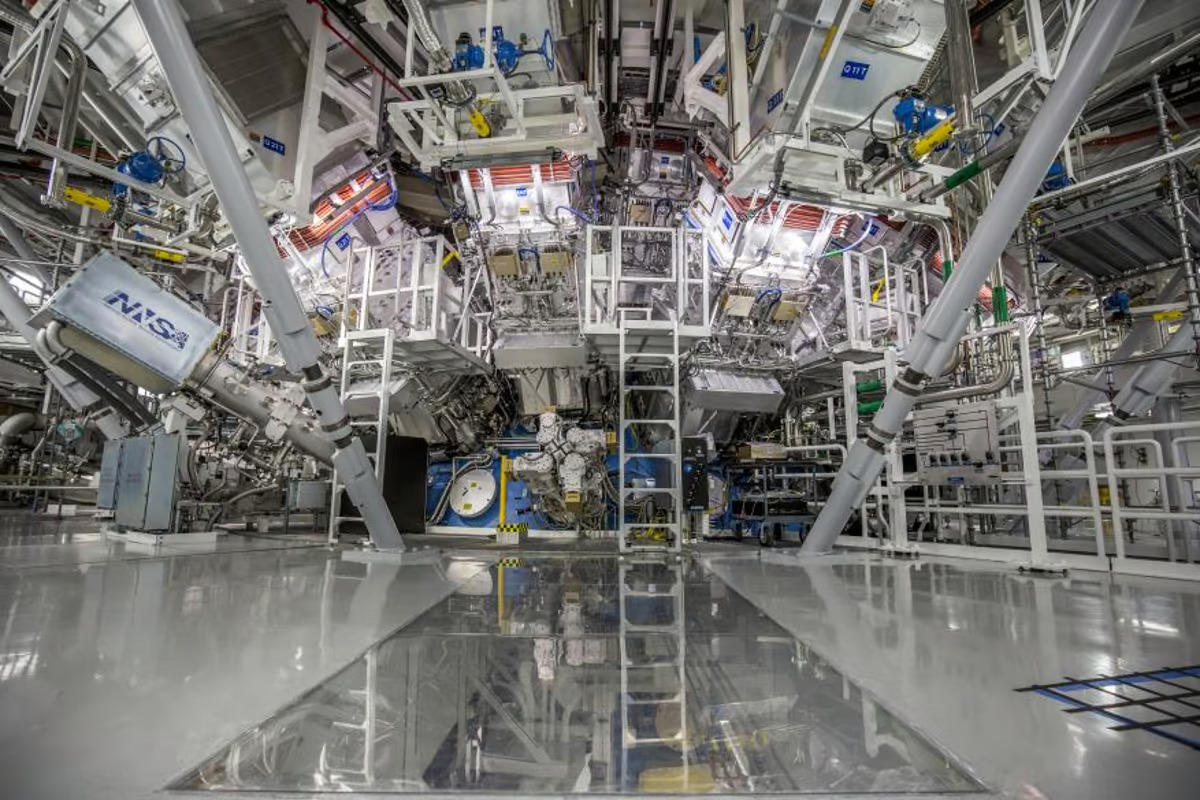
“This is a landmark achievement for the researchers and staff at the National Ignition Facility who have dedicated their careers to seeing fusion ignition become a reality, and this milestone will undoubtedly spark even more discovery,” said US Secretary of Energy Jennifer M. Granholm. “The Biden-Harris Administration is committed to supporting our world-class scientists – like the team at NIF – whose work will help us solve humanity’s most complex and pressing problems, like providing clean power to combat climate change and maintaining a nuclear deterrent without nuclear testing.”
Source: Lawrence Livermore National Laboratory
–











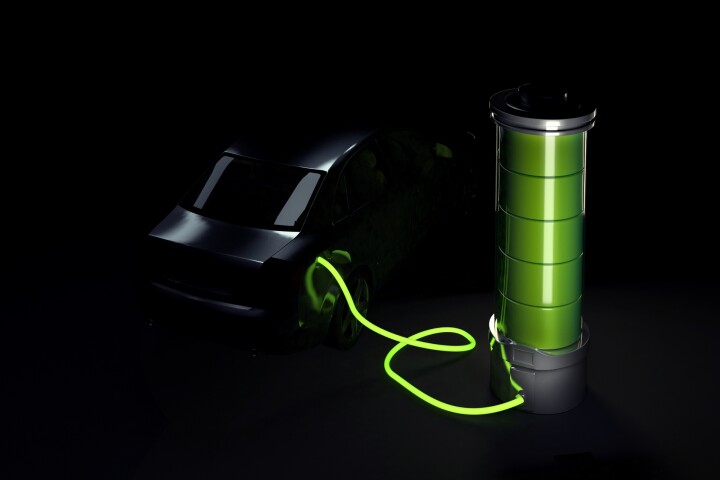


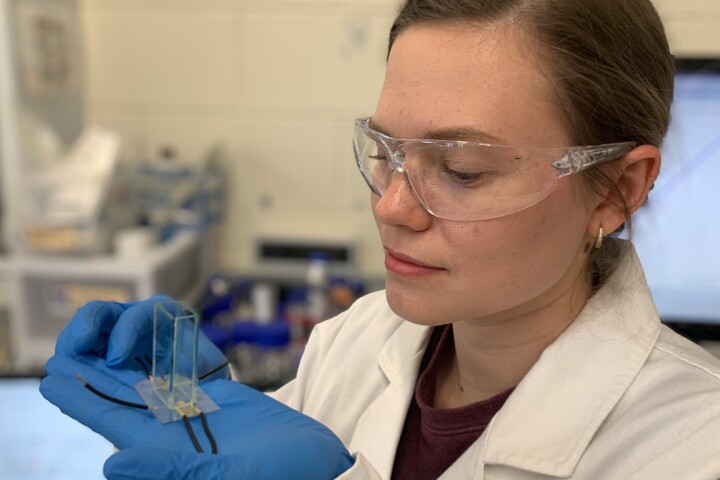

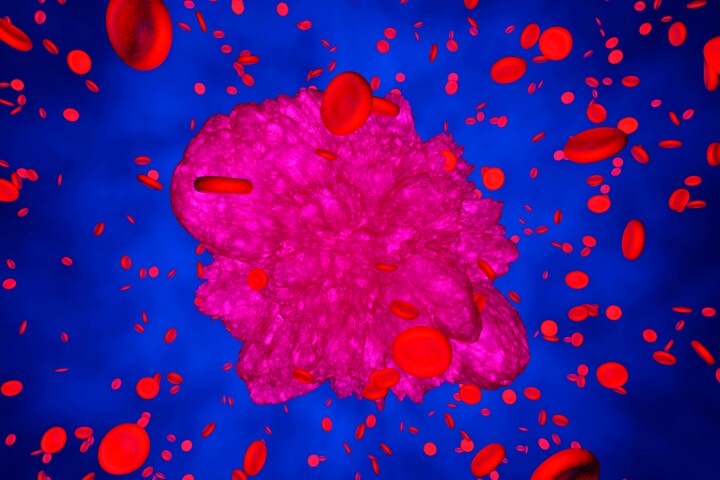


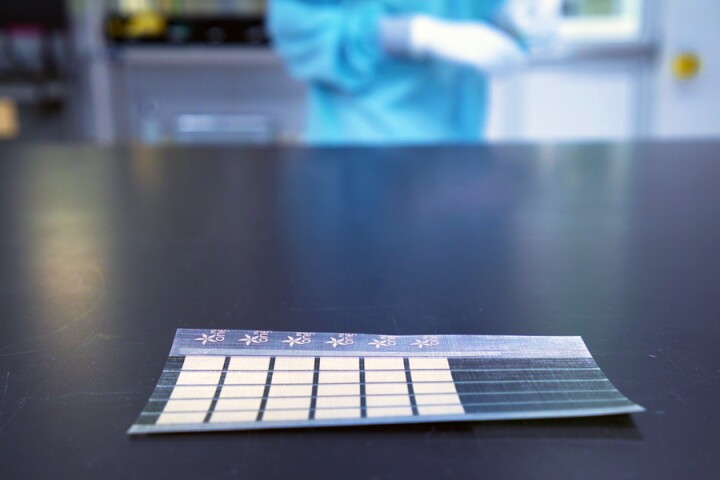

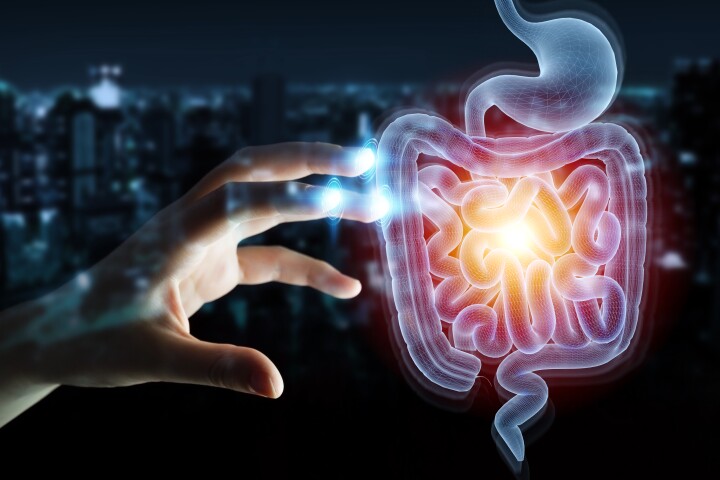
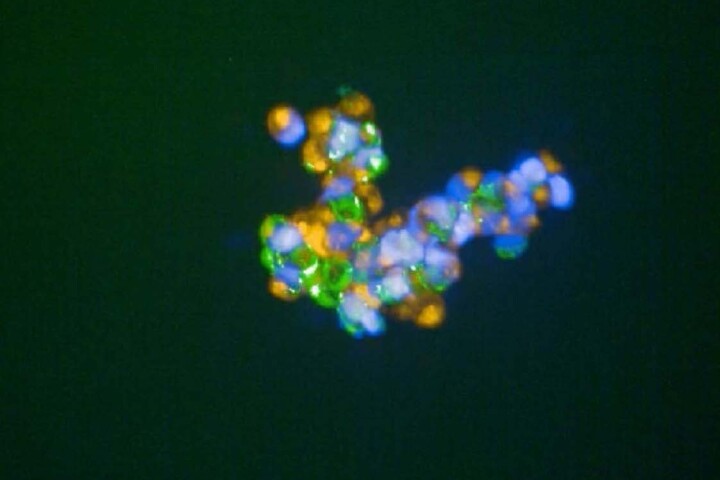

Please keep comments to less than 150 words. No abusive material or spam will be published.